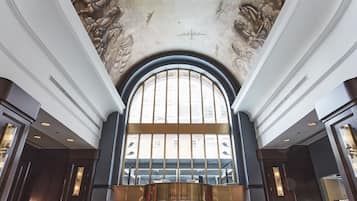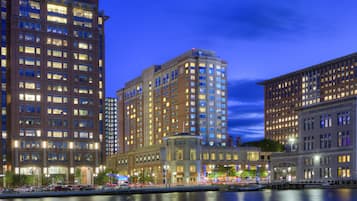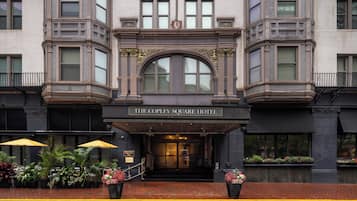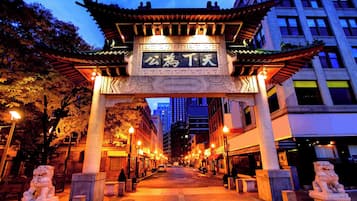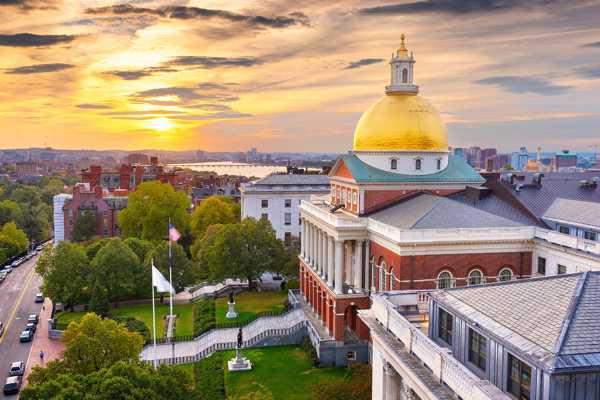Bunker Hill Monument is a memorial at the site of the Battle of Bunker Hill in Boston, Massachusetts, commemorating one of the first major conflicts between the Patriot and British armies in the American Revolutionary War. Located in Boston National Historical Park on Monument Square, Bunker Hill Monument is a tall, massive structure with a nearby lodge and museum. The 221-ft. granite obelisk’s construction began in 1825 and was designed by architect Solomon Willard.
Along the Freedom Trail, Bunker Hill Monument is actually on Breed’s Hill, where the misnamed Battle of Bunker Hill took place. During the battle, Colonel Prescott allegedly came up with the famous phrase “don’t fire until you see the whites of their eyes”. Other heroes commemorated by the monument are General Putnam and Dr. Warren, the latter of whom fell at the Battle of Bunker Hill and was also commemorated by an earlier monument at the site called the Lodge of Masons.
Bunker Hill Monument in Boston - one of the highlights of 10 Best Historic Things to See in Boston (Read all about Boston here)
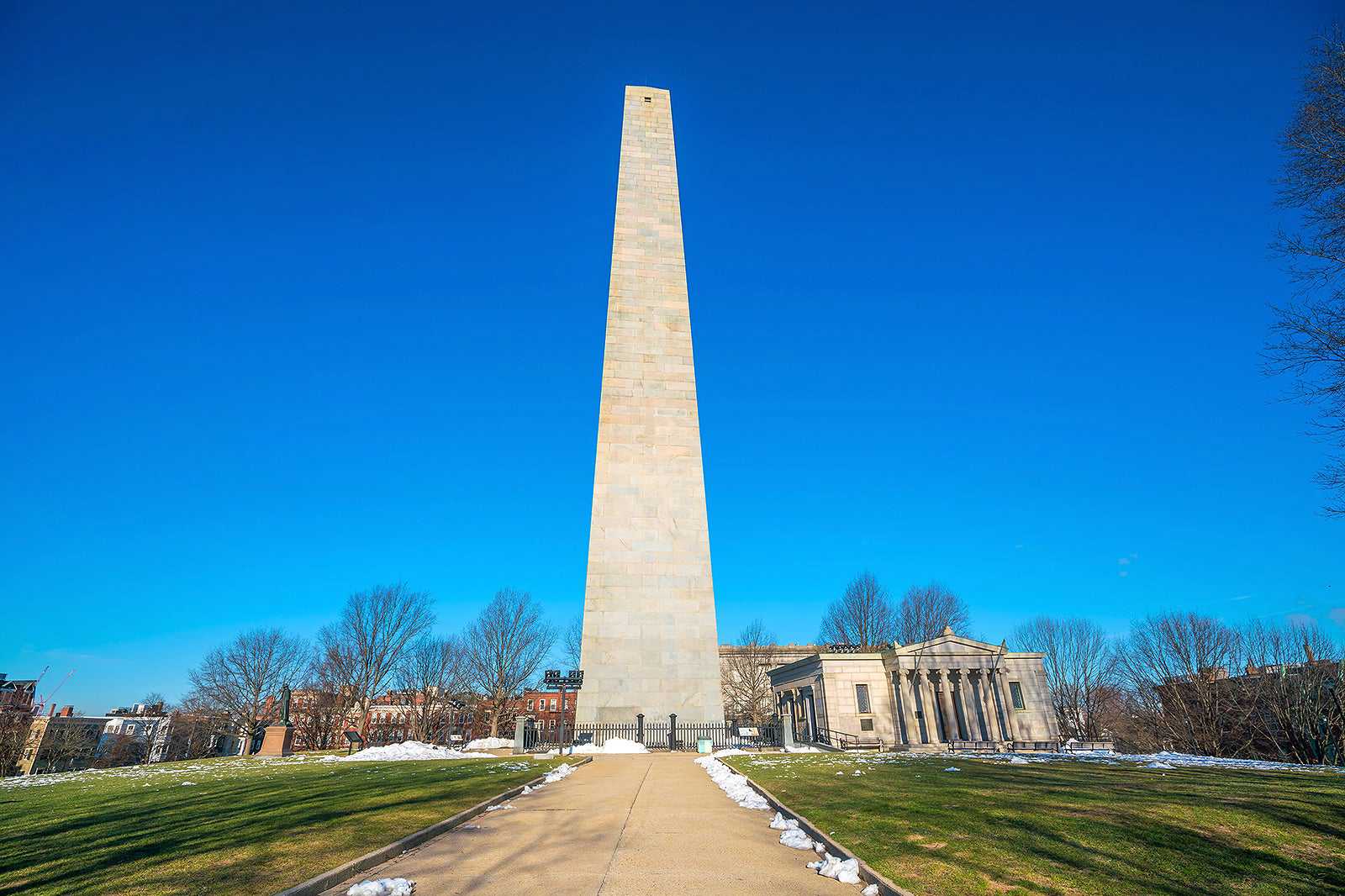
What are the highlights of Bunker Hill Monument in Boston?
Appropriate for all ages to admire and learn historical events from, the monument includes the earthen fort or “redoubt” made by provincial forces, and a Welcome Centre at its base with park rangers to inform passersby about its stories. Inside the obelisk, a spiral staircase is the way up as well as down.
Across from Bunker Hill Monument, the Battle of Bunker Hill Museum and Exhibit Lodge incorporate 360-degree live webcams, which give you a view from the top of the monument. In addition, there is a video tour of the Bunker Hill Monument climb. Artefacts, dioramas, and murals add to the preservation of the period inside the museum, with era-specific items such as a cannonball, a snare drum, a sword, a masonic apron of Dr. Warren’s, and a groundbreaking trowel of Marquis de Lafayette’s.
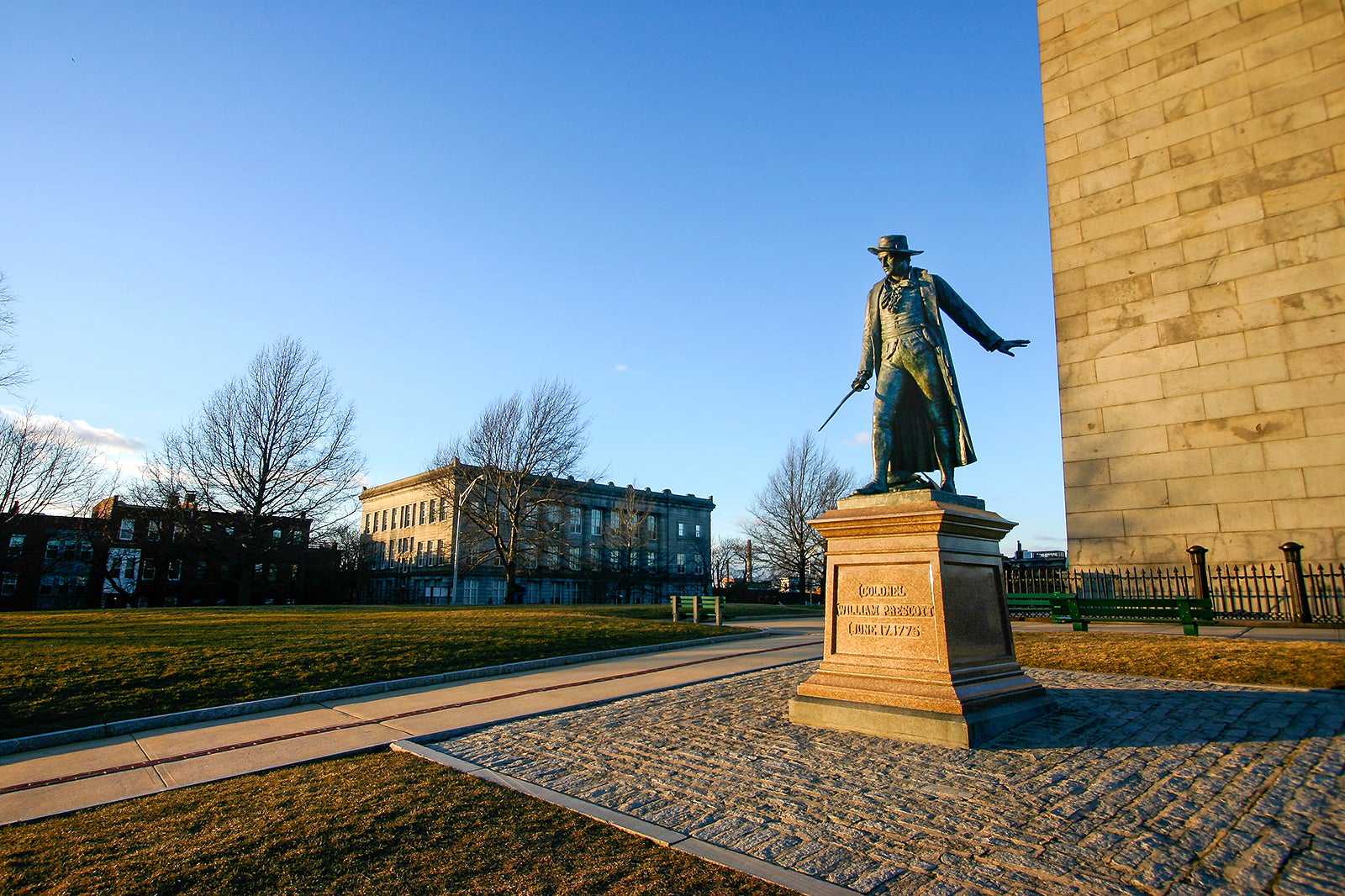
A brief history of Bunker Hill Monument
Although Colonel Prescott initially ordered that Bunker Hill be fortified, he eventually decided on Breed's Hill instead. Bunker Hill Monument’s construction was often halted due to funding issues, leading to the sale of all of the surrounding land except the monument’s summit. Eventually, construction was completed after fundraising from the sale of 10 acres surrounding the summit and the rest of the funding supplied by the government. In 1842, the monument finally opened to the public.
As an early war memorial with architectural importance, Bunker Hill Monument was designated a National Historic Landmark in 1961 and added to the National Register of Historic Places in 1966, to signify its lasting effects on American culture and the local community. The battle was also important because it revealed that Colonial armies could stand effectively against the British, even if they wouldn’t always win.

What else is good to know about Bunker Hill Monument in Boston?
Entry to Boston National Historical Park, and thus Bunker Hill Monument, is free of charge. However, while the grounds are wheelchair accessible, the monument itself is not, as the only way to reach the top of it is by climbing 294 stairs. Climbing is also not always open to the public, so it’s best to check online or by calling beforehand. For the climb and view, it’s recommended to plan for at least a half-hour.
Popular attractions near Bunker Hill Monument include the Boston Tea Party Ships & Museum, the Museum of Science, the USS Constitution Museum, the Museum of Fine Arts, the Institute of Contemporary Arts, the Paul Revere House, the New England Aquarium, Fenway Park, and Martin Park. The Paul Revere House and Boston Tea Party Ships & Museum showcase Revolutionary and Colonial artefacts, with the latter attraction providing many interactive, deeply immersive opportunities.
Bunker Hill Monument in Boston
Lage: Monument Sq, Charlestown, MA 02129, USA
Öffnungszeiten: Daily from 10 am to 5 pm
Telefon: +1 617-242-5641



